In relative phrases, it wasn’t so way back that it was considerably uncommon to see bikes on the highways and byways of center America. Principally, they had been quirky oil-dripping British bikes or nefarious “love ’em or hate ’em” Harley-Davidsons. The reality is, Nineteen Sixties America was automobile loopy. Even 16-year-old youngsters may afford vehicles and fuel was virtually free.
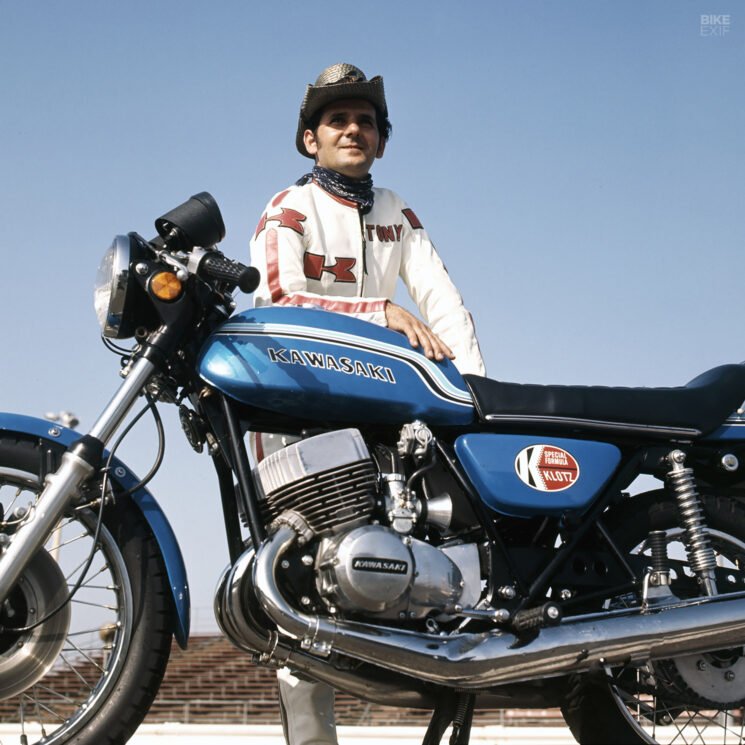
The tide started to show, nevertheless, within the late ’60s when the avalanche of Japanese manufacturing expertise hit America’s shores. Child boomers had abruptly develop into a significant buying pressure and motor autos advanced from sensible and utilitarian to enjoyable and thrilling. In motorbike phrases, everyone knows what occurred: four-cylinder overhead cam bikes from Honda abruptly turned the brand new world customary for efficiency and reliability. And it quickly turned obvious that Honda wasn’t going to be the one participant. Different producers threw their hats into the ring, re-purposing plane and army manufacturing services to assist quench America’s thirst for pace, enjoyable, and journey.
Whereas Honda promised to offer the inconceivable trifecta of pace, affordability and reliability, it turned evident that the model was going to be constructed on the latter. Kawasaki, alternatively, put pace on the prime of its record. American teenagers drooled over large block Chevys, side-oiler Fords and Hemi Mopars; Kawasaki wished to offer the two-wheeled adrenaline machines to scratch that exact itch. This company aim noticed the launch of the N100 Plan:
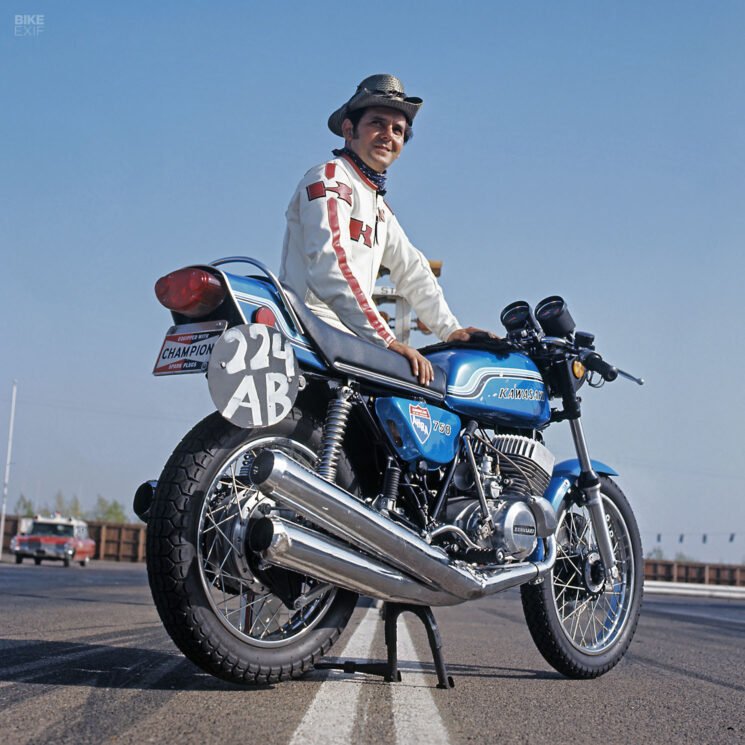
The aim of Kawasaki engineering within the N100 Plan was to create a large-bore, quick motorbike engine for entry into the American market, the most important marketplace for bikes. Honda had already launched its profitable Honda CB450 in 1965 and Kawasaki desired to enter that giant bore area of interest.
The N100 Plan referred to as for an air-cooled customary motorbike with an engine capability of 500 cubic centimeters. The ability output was set at at least 60 ps (equal to a per liter horsepower of 120 ps). The efficiency minimal was to make a 13-second standing begin 1/4 mile run (0-400 meters) (Wikipedia)
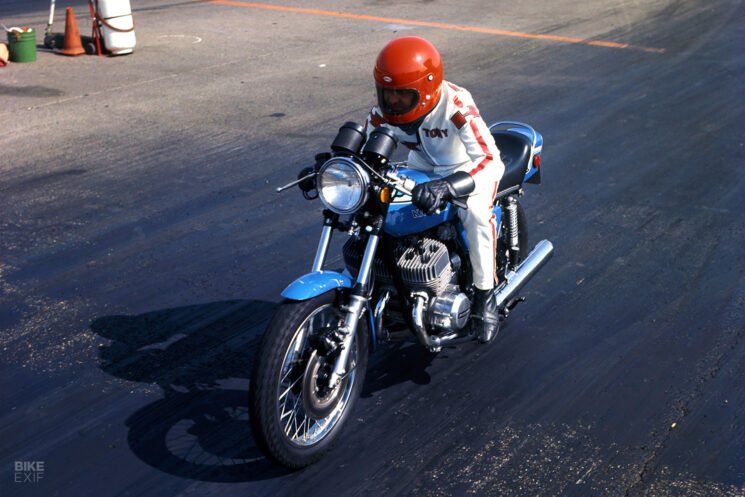
The bikes born out of the N100 Plan reside on at this time within the fingers of collectors, fanatics and 50-somethings reliving the times of their youth. The main pressure behind the cult following of the Kawasaki triple bikes is Rick Brett, an Englishman who now calls northern Michigan house.
Amongst Rick’s in depth assortment of triple memorabilia had been authentic rolls of 21/4″ colour transparencies taken in 1972, that includes a gentleman named Tony Nicosia aboard an early H2 750 at Orange County Worldwide Raceway in California. Rick had bought the movie instantly from Tony and it was fairly obvious that the photographs had by no means been printed. This was a discovered treasure for the Kawasaki triple and motorbike group alike.
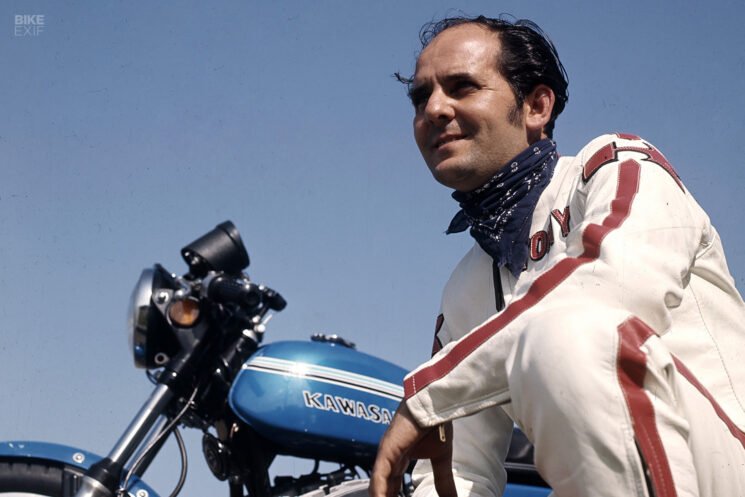
The success of the N100 Plan closely revolved round Tony Nicosia, the diminutive ex-USAF serviceman who discovered himself in Japan within the early ’60s and was spending quite a lot of time at native racetracks and drag strips. At 5’5″ and 102 lbs, Tony was the proper specimen for motorbike drag racing. Add to {that a} penchant for pace, excellent engine-building abilities and the center of a lion, and Kawasaki had their quarterback for N100. By the point he retired from Kawasaki in 1973, Tony had set some 120 drag racing information and the Kawasaki model had develop into synonymous with pace—a mantle it continues to put on to at the present time.
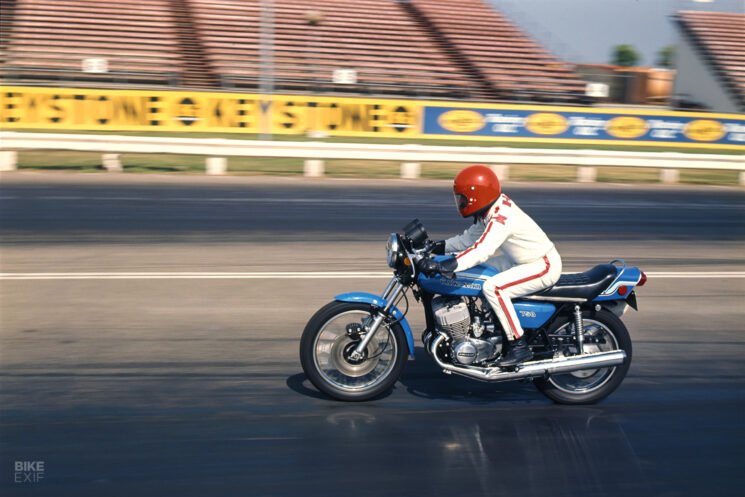
In a considerably theatrical reside demonstration in 1969, Kawasaki technicians uncrated and assembled a brand-new three-cylinder H1 two-stroke 500 cc bike at Lion’s Drag strip in southern California. The press watched with bated breath as fluids had been added; with a prod of the kicker, the beast crackled to life. Tony Nicosia piloted the machine to a 12.96 quarter mile at over 100 mph, and the five hundred triple was formally the quickest manufacturing motorbike on the planet.
Three years later, on March 11, 1972, Tony Nicosia, using the H2, a 750 two-stroke triple, set a manufacturing bike quarter mile file of 11.95 seconds at 115.38 mph at Fremont Dragstrip in California.
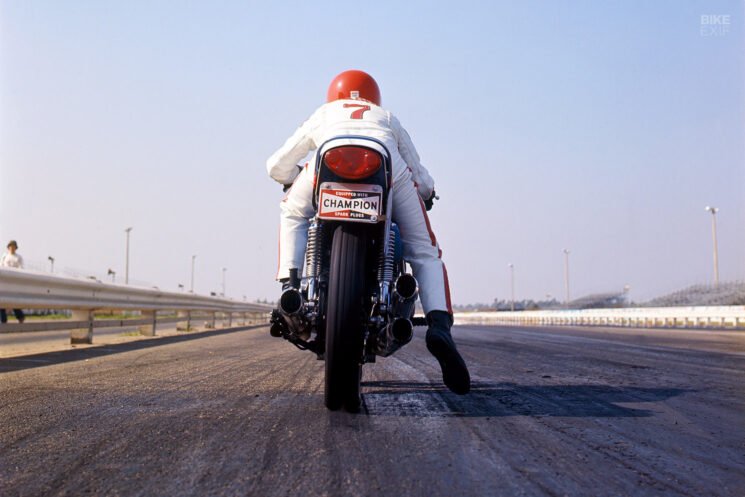
Though the Kawasaki model has remained on the prime of the efficiency charts for almost 5 many years, names like Tony Nicosia and people unbelievable information set on America’s drag strips of the ’60s and ’70s have slowly pale from reminiscence.
It’s a superb factor now we have pictures to remind us.
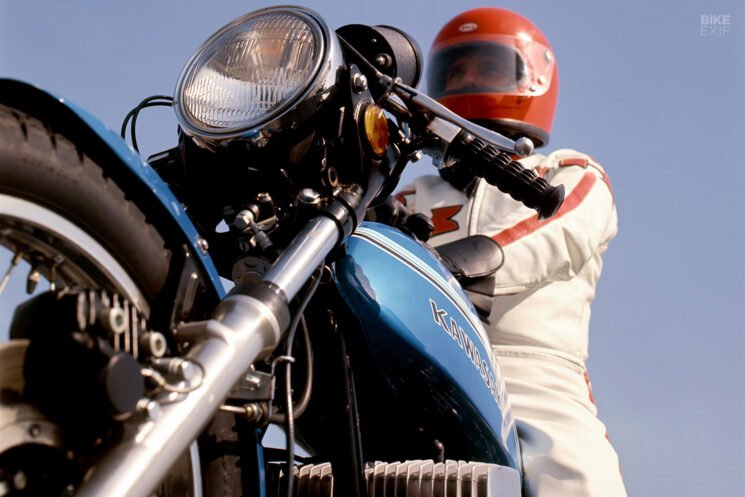
This text first appeared in situation 024 of Iron & Air Magazine, and is reproduced right here beneath license.
Phrases by Ian Budge | Pictures Courtesy of Rick Brett
Sidecar Topic: 1969 Kawasaki 500 H1Engine and Efficiency:
Dealing with and Driving Expertise:
Historic Affect:
Specification:
|
Trending Merchandise











